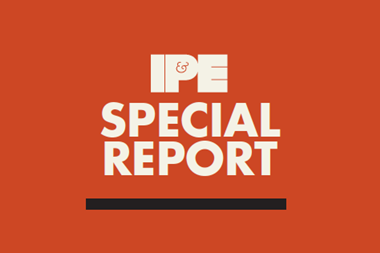MiFID II will accentuate every trend affecting the European asset management industry today, according to Moody’s.
The credit ratings agency said the new EU financial legislation would accelerate a move to cheaper passive funds, sharpen competition and drive consolidation.
It could also lead to more regulation, as a result of detailed costs and other data becoming visible for the first time.
Depending on their asset allocation and responses to ongoing pressures, European asset managers’ effective fee rates could fall 10%-15% over the next three years as a result of cost disclosure requirements under MiFID II, according to Moody’s.
MiFID II was also likely to accentuate a trend for asset managers to shift from offering traditional benchmark-driven funds to offering outcome-oriented solutions that aimed to meet investors’ financial goals, the agency said.
Managers were already on this path in a response to scepticism about the value of active management, said Moody’s, but new MiFID II product governance and product suitability rules could push them further in this direction.
Coming on top of fee pressure, the cost of complying with MiFID II was likely to lead to consolidation among smaller asset managers because they lacked the scale to absorb the extra costs, according to Moody’s.
It cited an estimate from consulting firm Opimas that the 15 largest asset managers spent an average of €10.3m to implement MiFID II, and that maintenance costs will amount to around €4.5m a year for the next five years.
Moody’s estimated that managers’ costs could increase by between 0.5% and 5%, taking into account compliance, disclosure, budgeting, audit requirements and investment research costs. Overall, it meant that MiFID II was “credit negative” for the asset management industry.
“The introduction of MiFID II will put pressure on asset managers’ profits by lowering their effective fee rate and increasing their costs,” said Marina Cremonese, senior analyst at Moody’s.
“However, cost saving initiatives, new investment solutions and mergers and acquisitions will likely offset some of the negative effects, limiting their credit impact.”
Cremonese has also said MiFID II would probably encourage greater use of exchange-traded funds by institutional investors because they would be able to know full trading volumes and liquidity levels.
Commenting on MiFID II a day before its entry into force, fellow credit ratings agency Standard & Poor’s (S&P) said it saw the regulatory regime as “somewhat negative” for asset managers. It was “generally negative” for brokers and all but the largest investment banks, “slightly positive” for exchanges and other trading venue operators, and “manageable” for most other banks.
With regard to asset managers, S&P said it did not foresee market dynamics changing dramatically in the near term, but that it could be a catalyst for consolidation among active managers given the pressures they were already under.
























No comments yet